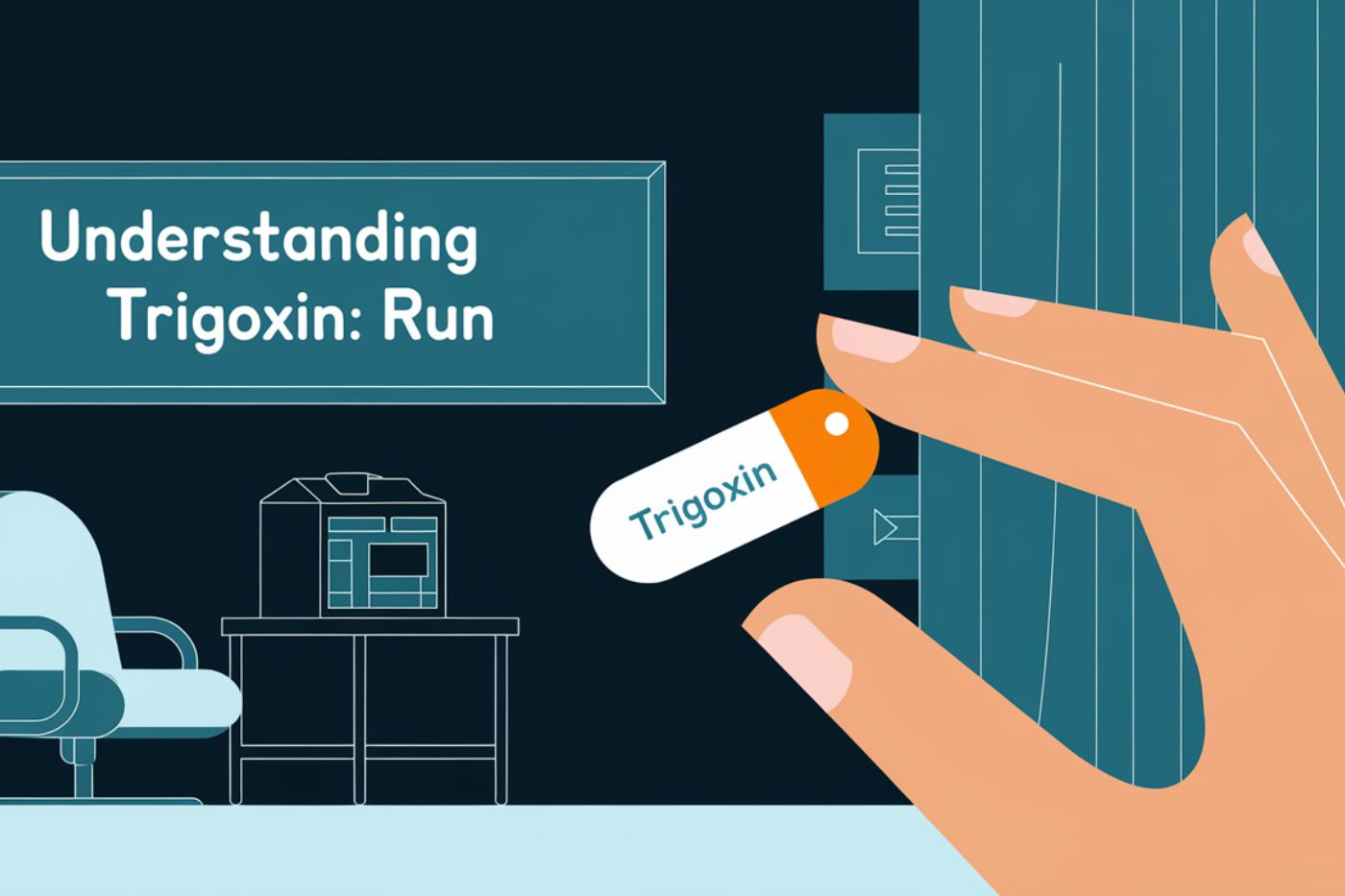Trigoxin stands as a powerful fictional drug that drives the narrative in the psychological thriller “Run.” This heart medication, though entirely fictional, serves as a cornerstone for exploring themes of medical manipulation and control.
Through its masterful depiction in the film, Trigoxin creates an atmosphere of suspense and uncertainty. The film “Run” masterfully weaves this fictitious treatment into its storyline, creating a taut exploration of power dynamics between a mother and daughter. Through the lens of this imaginary medicine, the movie tackles complex themes of medical ethics and trust.
This fictional medication emerges as more than just a plot device – it becomes a symbol of control and manipulation. The way Trigoxin functions within the story raises important questions about healthcare morality and the potential for abuse within medical systems.
The Premise of “Run”
The psychological thriller “Run” centers around the relationship between Diane Sherman and her daughter Chloe. This cinematic narrative introduces us to a seemingly devoted mother caring for her chronically ill child. Every aspect of their daily routine revolves around medical care and prescribed medications.
The feature film builds tension through careful pacing and revealing details about the mother’s control over her daughter’s health. Through the lens of their character relationship, we witness how medical dependency becomes a tool for maintaining power and subjugation within their isolated world.
The narrative structure cleverly uses the healthcare system as both setting and antagonist. Medical responsibility becomes questionable as we discover the extent of manipulation occurring under the guise of maternal care, making this dramatic story particularly unsettling.
Trigoxin: The Fictional Drug
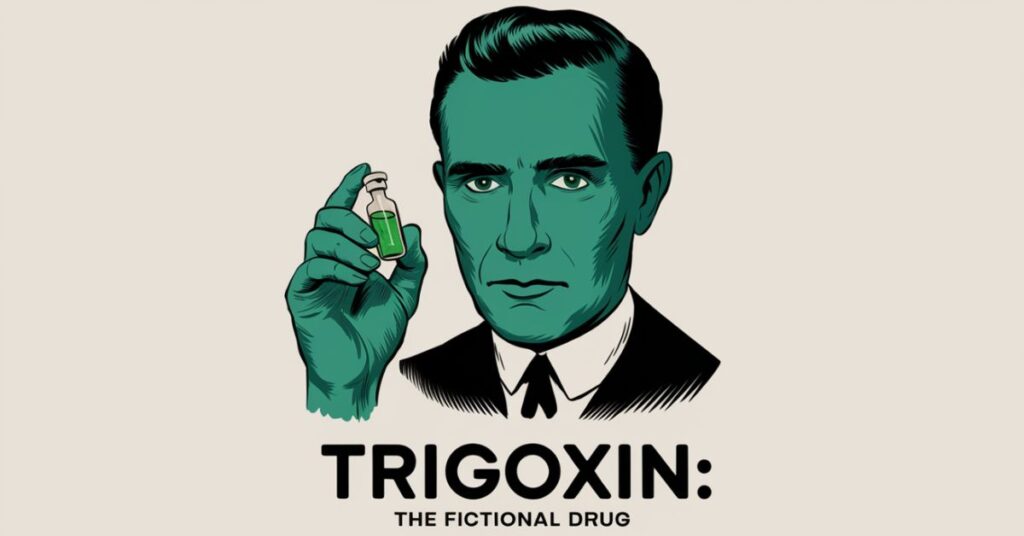
The heart medication Trigoxin emerges as a crucial element in this cinematic drug narrative. As a fictional medication, it represents both the promise of medical treatment and its potential for misuse. The made-up prescription serves as a mirror reflecting deeper themes about trust and control.
The filmmakers crafted this non-existent drug with careful attention to artistic freedom while maintaining plausibility. The invented medication’s role demonstrates how creative expression can effectively highlight real-world concerns about pharmaceutical ethics and patient safety.
Through viewer interpretation, Trigoxin becomes more than just a fictitious treatment. This plot device transforms into a powerful symbol of how medical authority can be weaponized, leading to increased viewer skepticism about healthcare dynamics.
Medical Framework and Authenticity
The film’s portrayal of the healthcare landscape adds crucial layers of authenticity. The medical environment depicted shows meticulous attention to detail, from the way medications are prescribed to how the healthcare system processes work.
The creative license taken with Trigoxin balances dramatic storytelling needs with medical responsibility. While this cinematic drug is entirely fictional, its presentation within established medical frameworks makes it believable and therefore more impactful.
The storytelling device of using a fictional medication allows for exploration of real healthcare morality issues. Through this invented medication, the film raises important questions about patient care and medical ethics without risking harmful misinformation.
Effects on the View of the Public
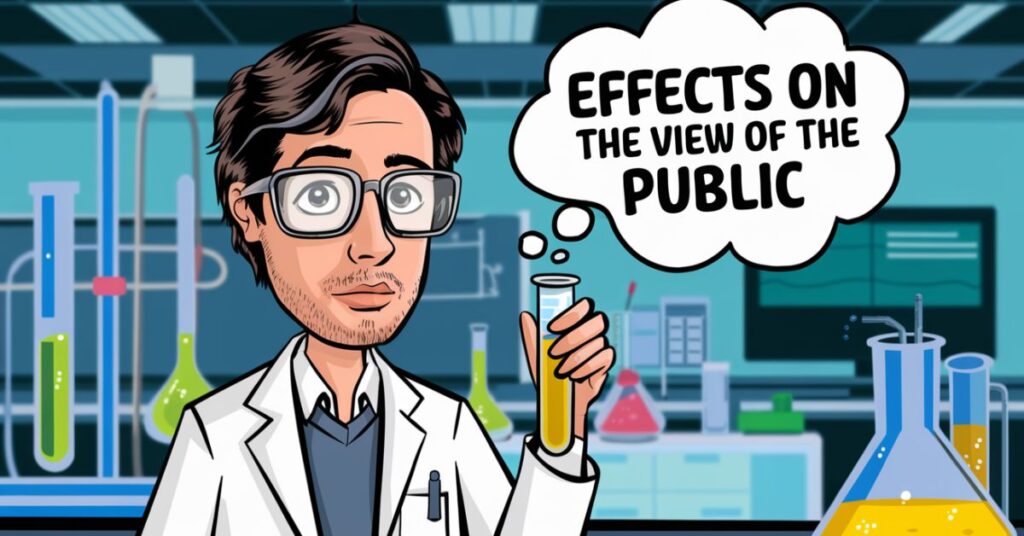
The inclusion of Trigoxin as a fictional drug influences audience perception in complex ways. Viewer concerns about medication safety and medical authority gain new dimensions through this imaginative tale.
Public opinion about healthcare services often reflects media influence. The way this fictional medication is portrayed contributes to broader societal views about medical treatment and patient vulnerability.
Critical viewing of such narrative creativity helps develop healthy skepticism towards media representations. The film’s approach to this fictitious treatment encourages audience doubt while maintaining respect for legitimate medical practice.
Trigoxin in Film Context
The fictional drug Trigoxin serves as a powerful plot device in “Run,” where it’s portrayed as a heart medication that becomes central to the film’s exploration of medical manipulation and control. Let’s examine its key aspects in the film:
| Aspect | Description |
| Drug Type | Fictional heart medication |
| Story Function | Central plot device |
| Symbolic Role | Tool of control and manipulation |
| Narrative Impact | Drives protagonist’s discovery |
| Thematic Purpose | Explores medical ethics and trust |
Power Dynamics and Control
The use of Trigoxin within the plot construction highlights authority dynamics between characters. This fictional medication becomes a physical manifestation of the power struggles central to the story.
Dominance and control expressed through medical care create a unique form of oppression. The interpersonal dynamics between mother and daughter become increasingly complex as the truth about this invented medication emerges.
The protagonist’s interactions revolving around Trigoxin reveal deeper relational themes. Through this fictional drug, the film explores how medical dependency can enable manipulation and control.
Essential Safety Protocols in Healthcare
The portrayal of Trigoxin in “Run” highlights the critical importance of medical safety protocols. When dealing with any medication, multiple verification systems must be in place. The film demonstrates why these safeguards are crucial through its fictional narrative.
- Healthcare providers must verify all prescriptions through multiple databases and systems
- Regular medication reviews and patient monitoring should be conducted by different medical professionals
- Cross-verification of unusual or high-risk medications should involve multiple pharmacy checks
- Documentation of all medication changes must be maintained with clear justification
- Patient access to their complete medical records and medication history is essential
Healthcare Ethics Examination
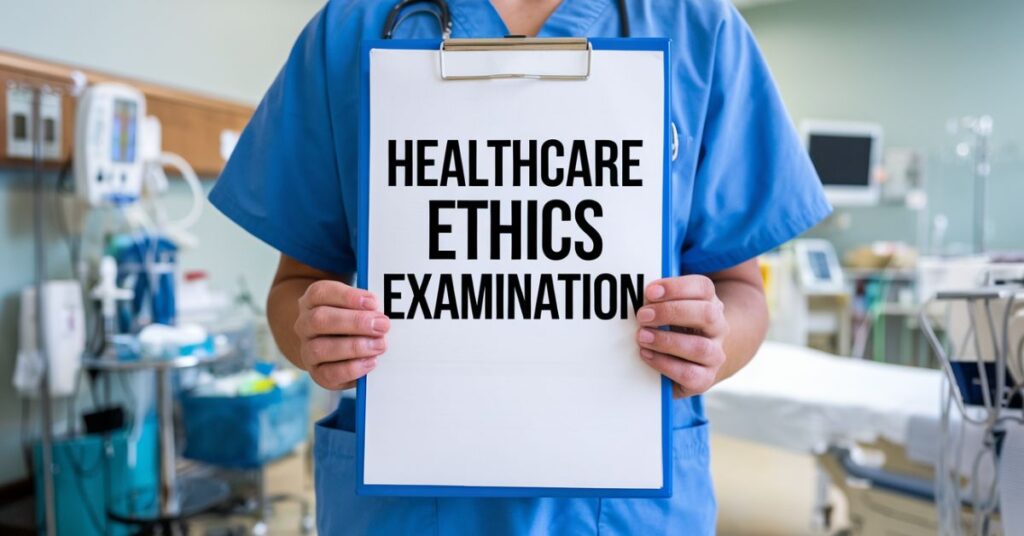
The portrayal of Trigoxin in “Run” raises crucial questions about medical oversight. Healthcare professionals must maintain rigorous standards when prescribing medications. This fictional scenario highlights real concerns about prescription drug monitoring systems.
Patient safety depends on multiple layers of healthcare verification processes. The movie shows how these systems can potentially fail without proper checks and balances. Through the lens of this fictional medication, we see the vital importance of cross-verification in medical care.
The film’s use of an invented medication illuminates broader ethical concerns in healthcare. Medical practitioners must balance trust with appropriate skepticism when encountering unusual situations. Trigoxin serves as a powerful reminder of why medical protocols exist in the first place.
Professional Responsibility
Medical professionals’ roles in prescribing and monitoring medications carry immense ethical weight. The film’s use of Trigoxin highlights potential vulnerabilities in prescription oversight and patient advocacy systems.
Patient Advocacy
The story emphasizes the importance of patient autonomy and informed consent. Through its fictional medication plot, the narrative raises crucial questions about healthcare morality and patient rights.
System Oversight
Regulatory systems and their potential failures come under scrutiny through this imaginary medicine scenario. The film’s treatment of Trigoxin exposes gaps in medical safeguards.
Read this article: Bed Bug Bites: What You Need to Know – A Complete Guide
Audience Engagement and Response
The psychological thriller aspects of “Run” create deep spectator interest. The revelation about Trigoxin being a fictional drug drives significant viewer involvement in the unfolding mystery.
Interactive storytelling elements keep audiences invested in discovering the truth. The way this invented medication’s role unfolds maintains consistent audience connection throughout the narrative.
Public engagement with the film’s themes extends beyond entertainment. Discussions about this fictitious treatment often lead to broader conversations about medical ethics and trust.
Warning Signs of Medical Misconduct
Understanding potential red flags in medical care becomes crucial when examining the themes of “Run”. The fictional drug Trigoxin serves as a catalyst for exploring these warning signs. This narrative device helps viewers recognize concerning patterns in medical care.
- Unusual restrictions on patient access to medical information or healthcare providers
- Medications prescribed without clear documentation or medical necessity
- Inconsistencies between symptoms and prescribed treatments
- Limited or no access to second medical opinions or alternative healthcare providers
- Isolation of patients from support systems or independent medical verification
Film’s Cultural Impact
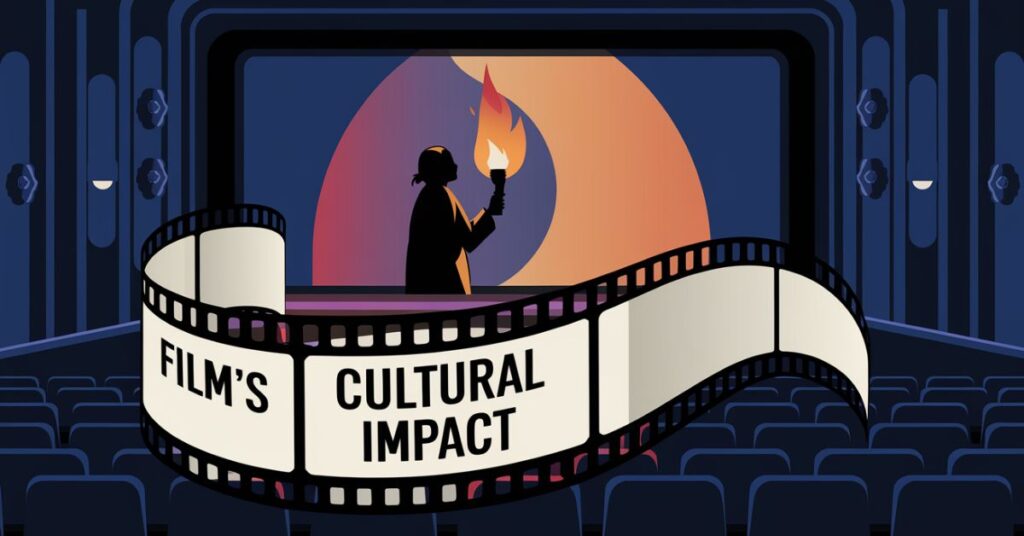
The movie’s exploration of medical manipulation through Trigoxin resonates with viewers’ real-world concerns. This creative expression of healthcare anxiety touches on universal fears about medical vulnerability.
The narrative form chosen for presenting this fictional medication proves particularly effective. By grounding the imaginary medicine within realistic contexts, the film achieves both dramatic impact and social commentary.
Filmmakers’ liberty in crafting this story contributes to broader cultural discussions. The invented medication serves as an entry point for examining real issues in medical care and family dynamics.
Final Words
The role of Trigoxin in “Run” demonstrates how fictional drugs can effectively explore serious themes. Through this invented medication, the film tackles complex issues of trust, power, and medical ethics.
The narrative creativity employed in crafting this fictitious treatment serves multiple purposes. While entertaining audiences, it also raises important questions about healthcare systems and patient vulnerability.
This examination of a fictional drug’s impact reveals broader truths about storytelling and society. The film’s success in using Trigoxin as both plot device and thematic element showcases the power of creative expression in addressing real-world concerns.
Frequently Asked Questions
Is Trigoxin a real medication?
No, Trigoxin is completely fictional and was created specifically for the movie “Run.”
What inspired the creation of this fictional drug?
The filmmakers needed a believable medical plot device to explore themes of control and trust.
How does the movie use Trigoxin in its story?
The fictional medication serves as a central element in revealing the truth about the mother-daughter relationship.
Could something similar happen in real life?
While the specific scenario is fictional, the film raises valid concerns about medical ethics and oversight.
What message does the use of Trigoxin convey?
It highlights the importance of patient advocacy and the potential for abuse within medical care systems.

Zade Smith is a Proficient writer on TechsBlip, dedicated to delivering high-quality content that bridges the gap between medical research and accessible, reader-friendly guidance. With a keen interest in promoting healthy lifestyles and disease prevention, Zade’s writing offers expert insights, actionable tips, and evidence-based information to help readers make informed decisions about their health and wellness

